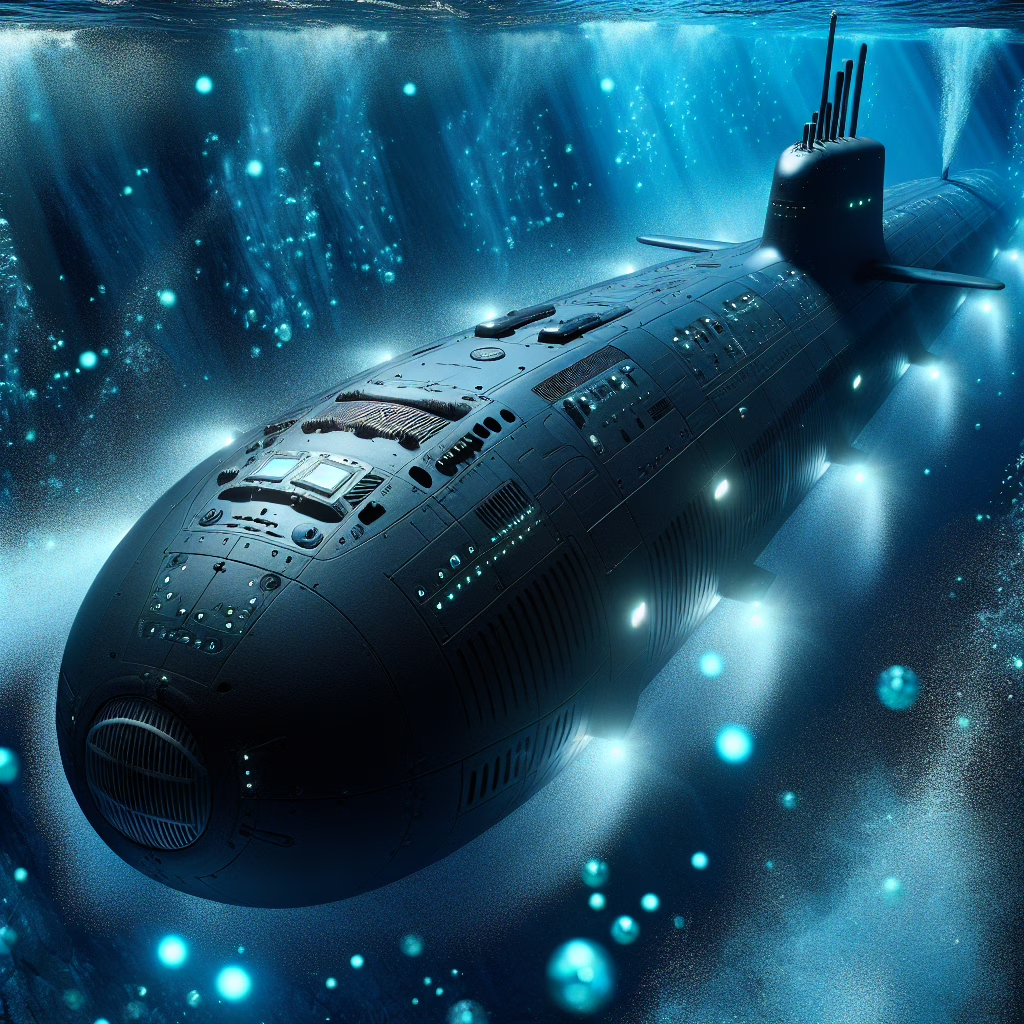When it comes to national security, undersea technology is the unsung hero of our time. Yes, you heard that right! As we dive deep into 2025, military leaders are making waves (pun intended) by prioritizing this crucial aspect of defense strategy. With underwater capabilities becoming more sophisticated, the importance of innovation in undersea technology cannot be overstated. So, grab your snorkel and let’s explore this underwater marvel!
Why Undersea Technology Matters
First off, let’s address the elephant—or should I say, the submarine—in the room. Undersea technology plays a pivotal role in ensuring national security. Imagine a world where submarines can evade detection while gathering intelligence or deploying unmanned underwater vehicles (UUVs) that do the heavy lifting without breaking a sweat. It’s like having an invisible friend who can do all your homework!
The United States Navy has recognized that these underwater capabilities are not just cool gadgets; they’re essential tools for modern warfare. In a time when cyber threats loom larger than ever, maintaining superiority beneath the waves becomes increasingly vital. After all, what better way to keep an eye on potential adversaries than from the depths of the ocean?
With undersea operations becoming a cornerstone for strategic military initiatives, it’s essential to understand the technologies and innovations that are paving the way for the future. This evolution directly impacts our national security, ensuring that we remain competitive globally.
The Technological Innovations Making Waves
Now, let’s talk tech! The advances in undersea technology are nothing short of astonishing. From autonomous submarines to sophisticated sensors that can detect enemy vessels from miles away, innovation is at the forefront of national security strategies.
For instance, UUVs equipped with advanced AI can perform reconnaissance missions without a human ever needing to get their feet wet. Imagine sending a robot into hostile waters while you sip coffee onshore—now that’s multitasking! This is not just about convenience; it’s about reducing risks to human life and enhancing operational efficiency.
- Autonomous Submarines: These vessels can operate independently for extended periods, gathering intelligence without human intervention.
- Sophisticated Sensors: New technologies allow detection of enemy vessels and submarines from greater distances, providing critical advanced warning.
- Artificial Intelligence: AI enhances decision-making processes and operational tactics, making missions more efficient.
Moreover, advancements in materials science have led to quieter submarines that can stealthily glide through oceans like ninjas in the night. These technological marvels enhance stealth capabilities, making it harder for adversaries to detect and track them. Who knew being quiet could be so powerful?
Collaboration and Partnerships: The Undersea Alliance
No one can do it alone—not even the mighty Navy! Collaboration is key in enhancing undersea technology capabilities. Military leaders are not just hoarding their secrets; they’re partnering with private industries and international allies to bolster innovation.
These partnerships allow for knowledge sharing and resource pooling, which accelerates development timelines. As they say, two heads are better than one—especially when those heads have access to cutting-edge research and resources!
Additionally, engaging with academic institutions fosters a culture of innovation. Universities across the globe are churning out brilliant minds who contribute fresh ideas and technologies. This influx of creativity may redefine how we approach undersea operations in the future. Academic partnerships also promise a steady stream of fresh talent and groundbreaking research.
The Future of Undersea Technology: What Lies Beneath?
So, what does the future hold for undersea technology? Experts predict that as threats evolve, so too will the technologies designed to counter them. Expect to see even more sophisticated UUVs equipped with enhanced sensor arrays that can gather real-time data on environmental conditions while tracking enemy activity.
And let’s not forget about sustainability! With climate change becoming a pressing issue, there’s a growing focus on developing eco-friendly technologies that minimize environmental impact while maximizing performance. Think of it as going green while going deep!
In summary, undersea technology is not just an afterthought in national security; it’s becoming a cornerstone for future strategies. As military leaders embrace innovation and collaboration, we’ll see how these advancements will not only protect our shores but also enhance global stability.
So there you have it! Next time someone mentions undersea technology, you can confidently nod along and share your newfound knowledge about its critical role in national security. What do you think? Are we ready for a future where submarines rule the oceans?
Feel free to dive into the comments below and share your thoughts!
A big thank you to Sea Power Magazine for inspiring this deep dive into undersea technology!

